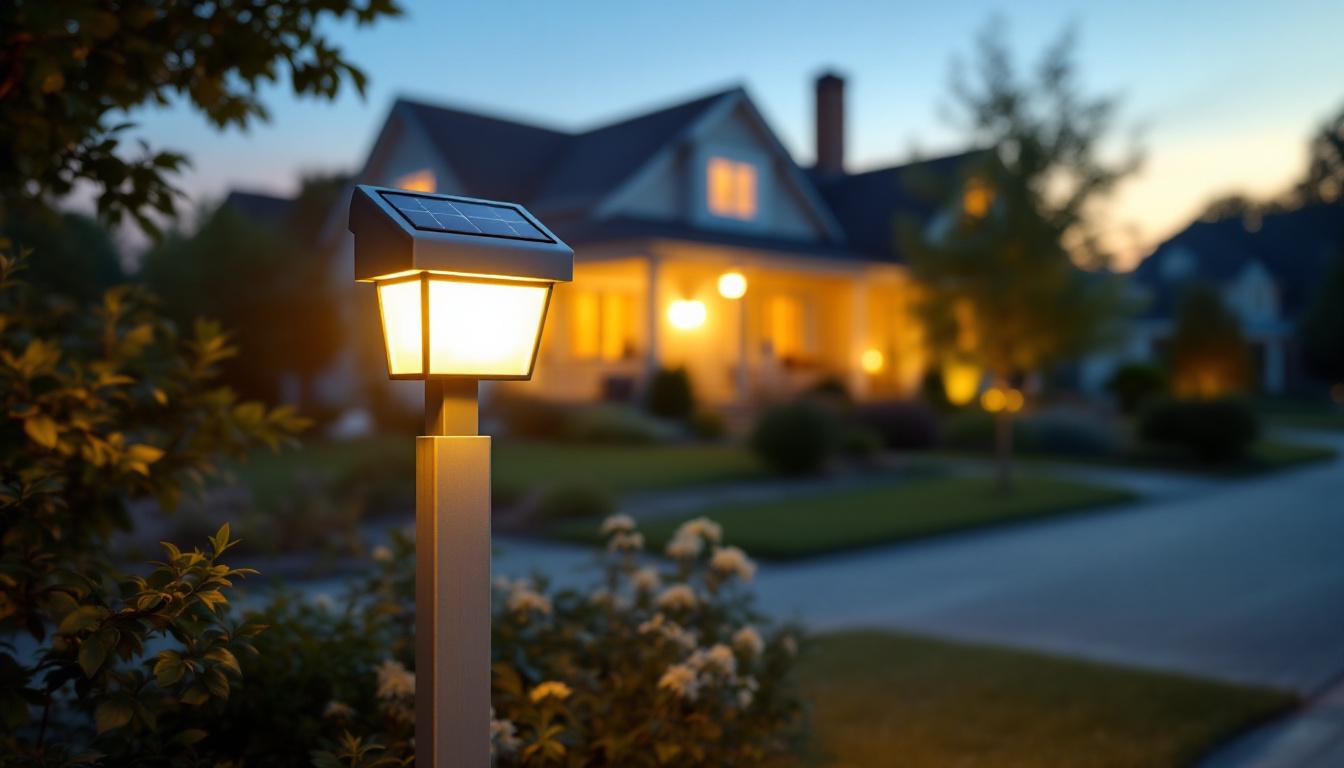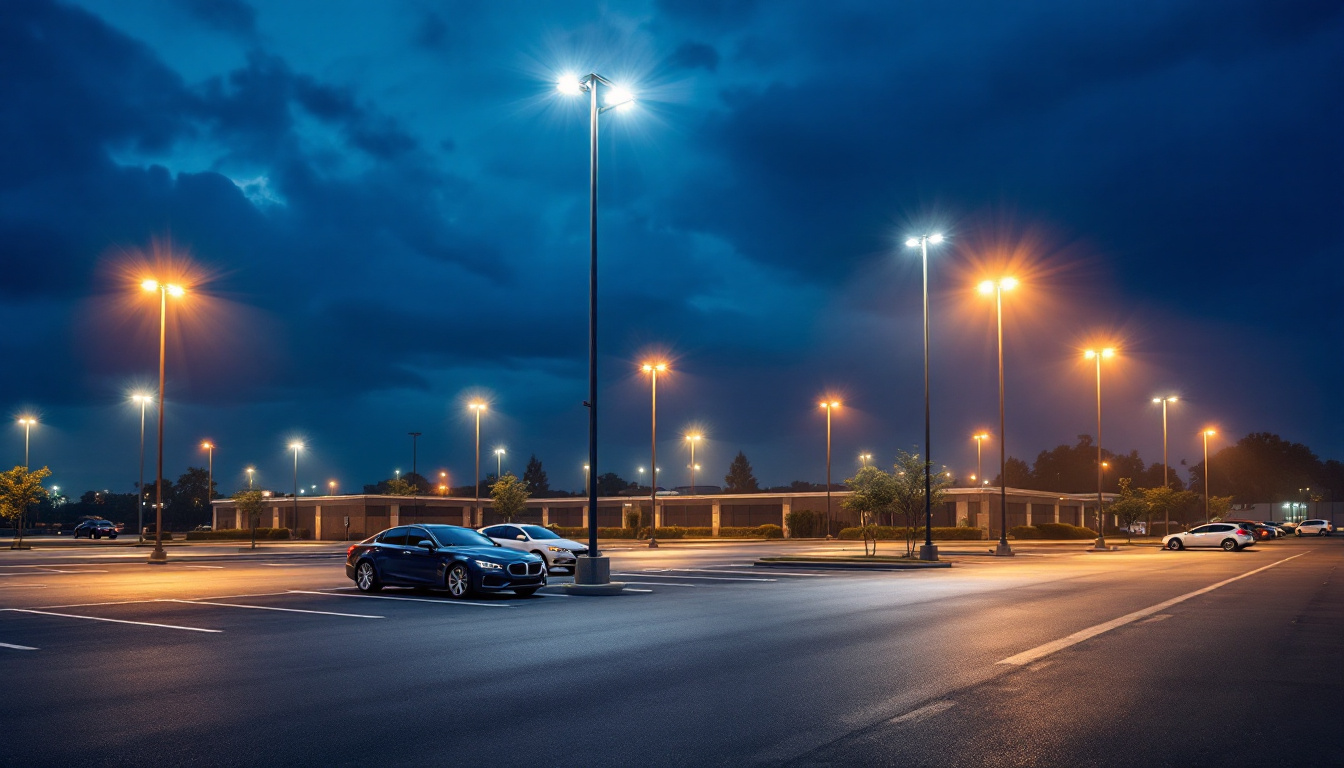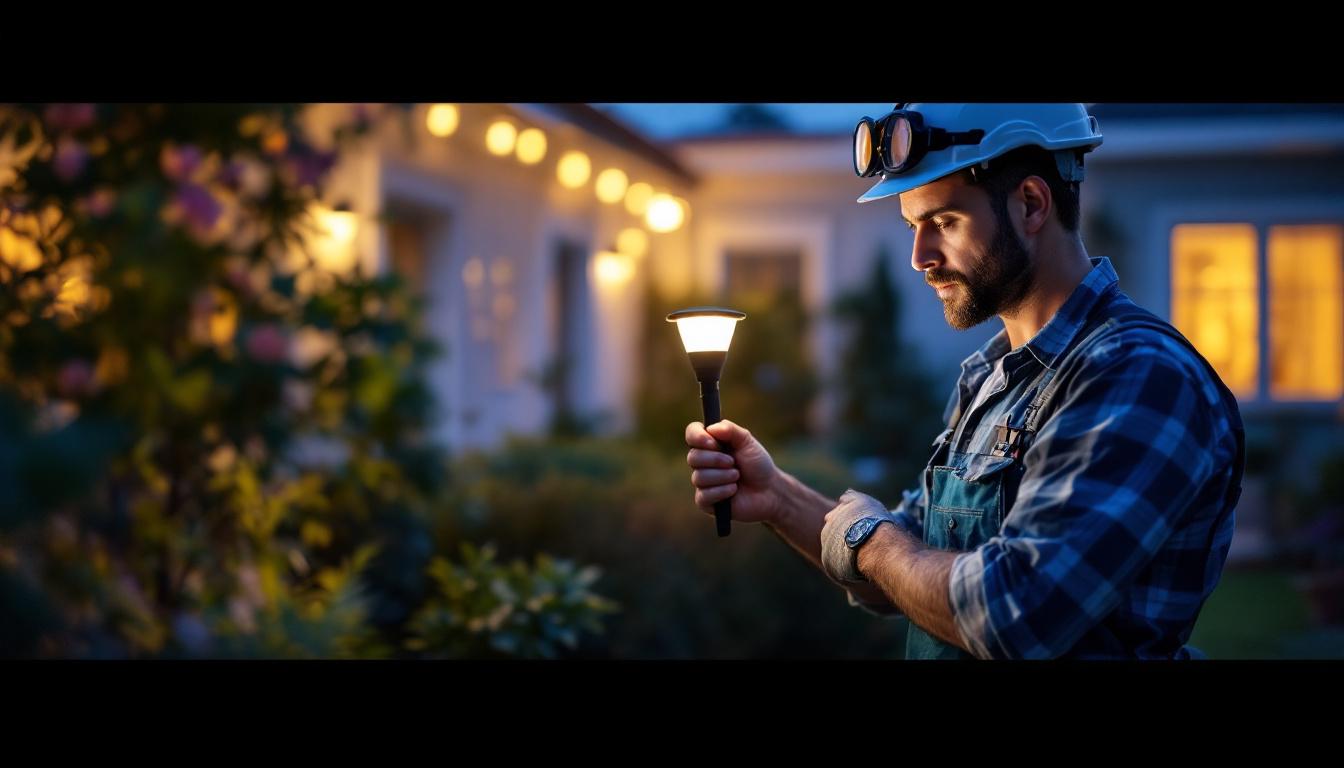
In the world of modern lighting design, thin strip lighting has emerged as a versatile and stylish solution for both residential and commercial spaces. Its sleek profile and adaptability make it a favorite among lighting contractors looking to enhance their projects. This article delves into the essential resources and strategies that can help lighting professionals master the art of thin strip lighting, ensuring they remain at the forefront of industry trends and client satisfaction.
Thin strip lighting, often referred to as LED strip lighting, is a flexible circuit board populated with light-emitting diodes (LEDs). These strips can be cut to length, making them incredibly versatile for various applications. From accent lighting in homes to task lighting in commercial environments, their applications are vast and varied.
One of the key advantages of thin strip lighting is its low profile. Unlike traditional lighting fixtures, these strips can be installed in tight spaces, under cabinets, or along architectural features, providing a seamless and unobtrusive glow. This flexibility allows contractors to creatively illuminate spaces without compromising aesthetics. Moreover, the energy efficiency of LED technology means that users can enjoy bright, vibrant lighting while also reducing their electricity bills, making it an eco-friendly choice for both residential and commercial projects.
There are several types of thin strip lighting available, each suited for different applications. Understanding these variations is crucial for lighting contractors aiming to meet diverse client needs.
When selecting thin strip lighting, several features should be considered to ensure optimal performance and satisfaction. Factors such as brightness (measured in lumens), color temperature (measured in Kelvin), and flexibility (the ability to bend and cut) are paramount.
Additionally, contractors should pay attention to the strip’s power requirements and compatibility with dimmers or smart home systems. Understanding these specifications can help in recommending the best options for clients and ensuring seamless installations. Furthermore, the ease of installation is another critical aspect; many strips come with adhesive backing, allowing for quick and straightforward application without the need for complex tools or professional installation. This not only saves time but also reduces labor costs for clients, making thin strip lighting an attractive option for budget-conscious projects.
Mastering the installation of thin strip lighting requires a combination of technical skills and creative vision. Proper installation not only enhances the aesthetic appeal of a space but also ensures the longevity and functionality of the lighting system.
Before installation begins, thorough planning is essential. This includes measuring the installation area, determining the required length of the strip lighting, and identifying power sources. It is also important to consider the overall design and how the lighting will interact with other elements in the space.
Creating a detailed layout plan can help visualize the final outcome and ensure that all necessary materials are on hand. This preparation phase can significantly reduce installation time and minimize the risk of errors. Additionally, considering the color temperature and brightness of the strip lighting can greatly influence the ambiance of the room. Warmer tones can create a cozy atmosphere, while cooler tones can enhance productivity in workspaces.
Having the right tools and materials is crucial for a successful installation. Essential tools include a measuring tape, a utility knife for cutting the strips, a soldering iron for connecting strips, and adhesive backing or mounting clips for secure placement. Additionally, contractors should have access to appropriate power supplies and connectors.
Using high-quality materials will not only enhance the installation process but also ensure that the lighting system performs optimally over time. Investing in reliable components can save contractors time and money in the long run. It’s also advisable to consider the environmental impact of the materials used; opting for energy-efficient LED strips can significantly reduce electricity consumption while providing excellent illumination. Furthermore, having a variety of connectors and extensions on hand can facilitate adjustments and expansions of the lighting system in the future.
1. **Measure and Cut:** Begin by measuring the area where the strip lighting will be installed. Cut the strip to the desired length, ensuring that cuts are made at designated points on the strip.
2. **Prepare the Surface:** Clean the surface where the strip will be mounted to ensure proper adhesion. Remove any dust or grease that may hinder the adhesive backing.
3. **Attach the Strip:** Peel off the adhesive backing and carefully press the strip onto the prepared surface. For added security, consider using mounting clips or brackets.
4. **Connect to Power:** Follow the manufacturer’s instructions to connect the strip to a power source. Ensure that all connections are secure and insulated to prevent short circuits.
5. **Test the Lighting:** Once everything is connected, power on the strip lighting to ensure it functions correctly. Make any necessary adjustments before finalizing the installation. If the lighting system includes a dimmer or smart controls, this is the perfect time to test those features as well, allowing for a customized lighting experience tailored to different activities and moods.
Designing with thin strip lighting opens up a world of creative possibilities. Lighting contractors can utilize these strips to enhance architectural features, create ambiance, and define spaces within a room.
Thin strip lighting can be used in a variety of innovative ways. For instance, installing strips along the edges of shelves can create a floating effect, while placing them under cabinets can provide functional task lighting. In commercial settings, using strip lighting to highlight product displays can draw attention and enhance the shopping experience.
Additionally, contractors can experiment with different color temperatures to evoke specific moods. Warmer tones can create a cozy atmosphere, while cooler tones can promote focus and productivity. Understanding the psychological effects of color temperature can help contractors make informed decisions that align with client preferences.
As technology continues to evolve, integrating smart features into thin strip lighting installations has become increasingly popular. Smart LED strips can be controlled via smartphones or voice-activated devices, allowing users to adjust brightness, color, and even create schedules for lighting.
Contractors should stay informed about the latest smart lighting technologies and how they can be incorporated into their projects. Offering clients the option of smart lighting can enhance their experience and provide added convenience.
Maintaining thin strip lighting is essential for ensuring its longevity and performance. Regular checks and timely troubleshooting can prevent minor issues from escalating into significant problems.
Routine maintenance involves checking for any signs of wear or damage, such as flickering lights or discoloration. Cleaning the strips periodically can also help maintain their brightness and efficiency. Use a soft, dry cloth to gently wipe the surface, avoiding any harsh chemicals that could damage the strip.
Additionally, ensuring that connections are secure and free from corrosion can help prevent electrical issues. If a section of the strip fails, it may be necessary to replace that specific segment rather than the entire strip.
Despite careful installation and maintenance, issues may still arise. Common problems include flickering lights, uneven brightness, or sections not lighting up. In many cases, these issues can be traced back to poor connections or faulty power supplies.
To troubleshoot, start by checking all connections and ensuring they are secure. If the problem persists, test the power supply to confirm it is functioning correctly. For more complex issues, consulting the manufacturer’s guidelines or seeking professional assistance may be necessary.
Staying updated with the latest trends, technologies, and best practices in thin strip lighting is crucial for lighting contractors. Several resources can aid in this endeavor.
Participating in online communities and forums dedicated to lighting design can provide valuable insights and support. These platforms allow contractors to share experiences, ask questions, and learn from industry peers. Engaging with a community can foster collaboration and innovation, leading to improved project outcomes.
Investing in continuing education and training is essential for staying competitive in the lighting industry. Many organizations offer workshops, webinars, and certification programs focused on the latest lighting technologies and design principles. These educational opportunities can enhance skills and knowledge, ultimately benefiting clients.
Building strong relationships with suppliers can provide contractors with access to the latest products and technologies in thin strip lighting. Suppliers often have valuable resources, including product guides, installation manuals, and technical support. Establishing a reliable network can streamline the procurement process and ensure that contractors have the best materials for their projects.
Mastering thin strip lighting requires a combination of technical skills, creative vision, and a commitment to ongoing education. By understanding the nuances of installation, design, and maintenance, lighting contractors can elevate their projects and exceed client expectations. Utilizing available resources, such as online communities, training programs, and supplier partnerships, can further enhance their expertise and keep them at the forefront of the industry.
As the demand for innovative lighting solutions continues to grow, contractors who embrace the versatility of thin strip lighting will be well-positioned to thrive in this dynamic field. With the right knowledge and tools, the possibilities are endless.
Ready to take your lighting projects to the next level with high-quality thin strip lighting? Look no further than LumenWholesale, where we offer an extensive selection of spec-grade lighting products at unbeatable wholesale prices. Say goodbye to inflated markups and hello to superior lighting solutions that meet the highest industry standards. With LumenWholesale, bulk buying is a breeze, and with free shipping, you can rest assured that you’re getting the best value without any hidden fees. Elevate your lighting game with the perfect combination of quality, affordability, and convenience. Wholesale Lighting at the Best Value is just a click away.

Discover innovative strategies employed by smart lighting contractors to enhance curb appeal and functionality with solar mailbox lights.

Discover how lighting contractors can enhance profitability with strategic light post installations in parking lots.

Discover how LED outside solar lights are transforming the landscape for lighting contractors.

Discover how exterior lights for your garage can significantly enhance safety and security.